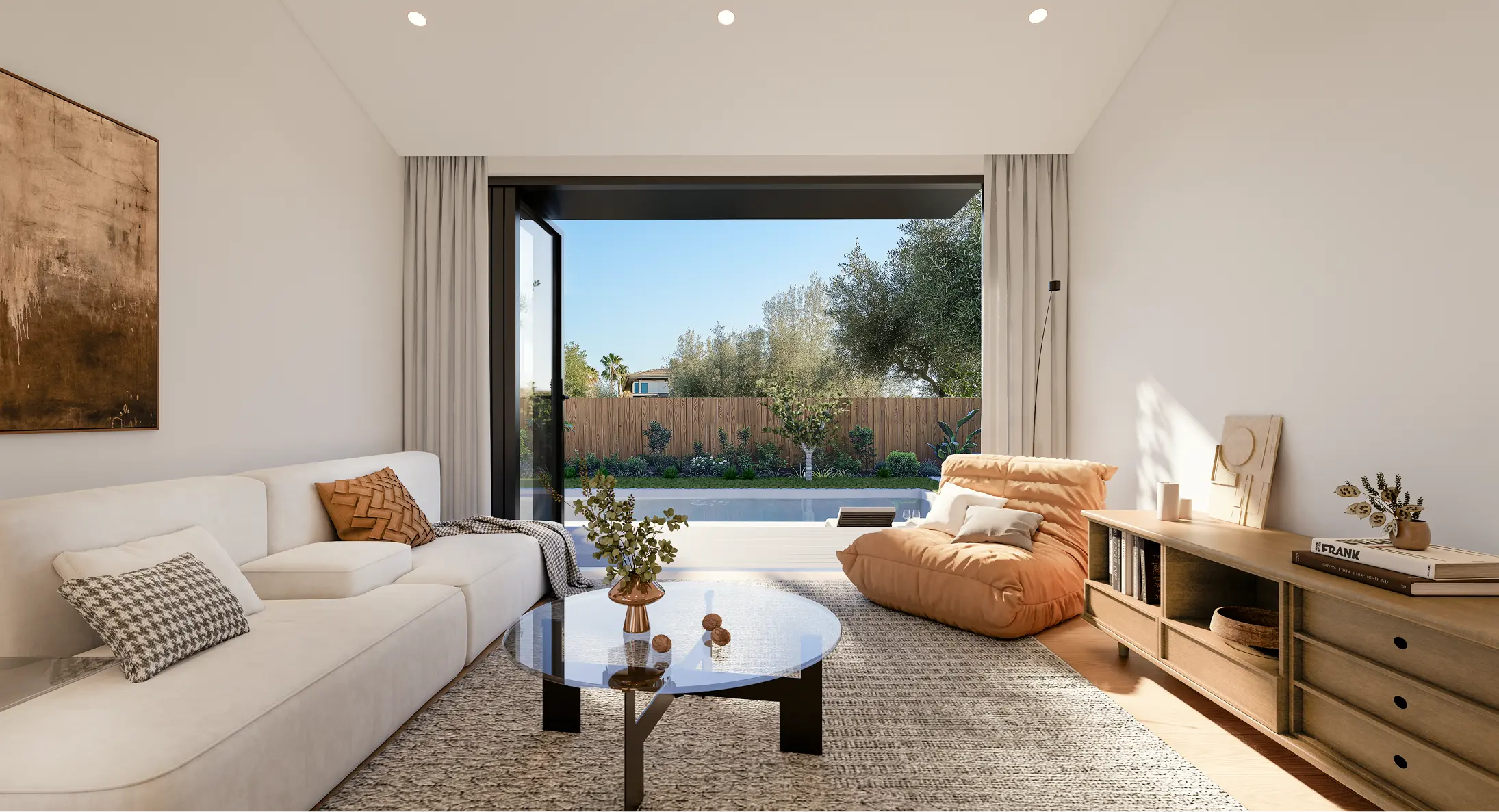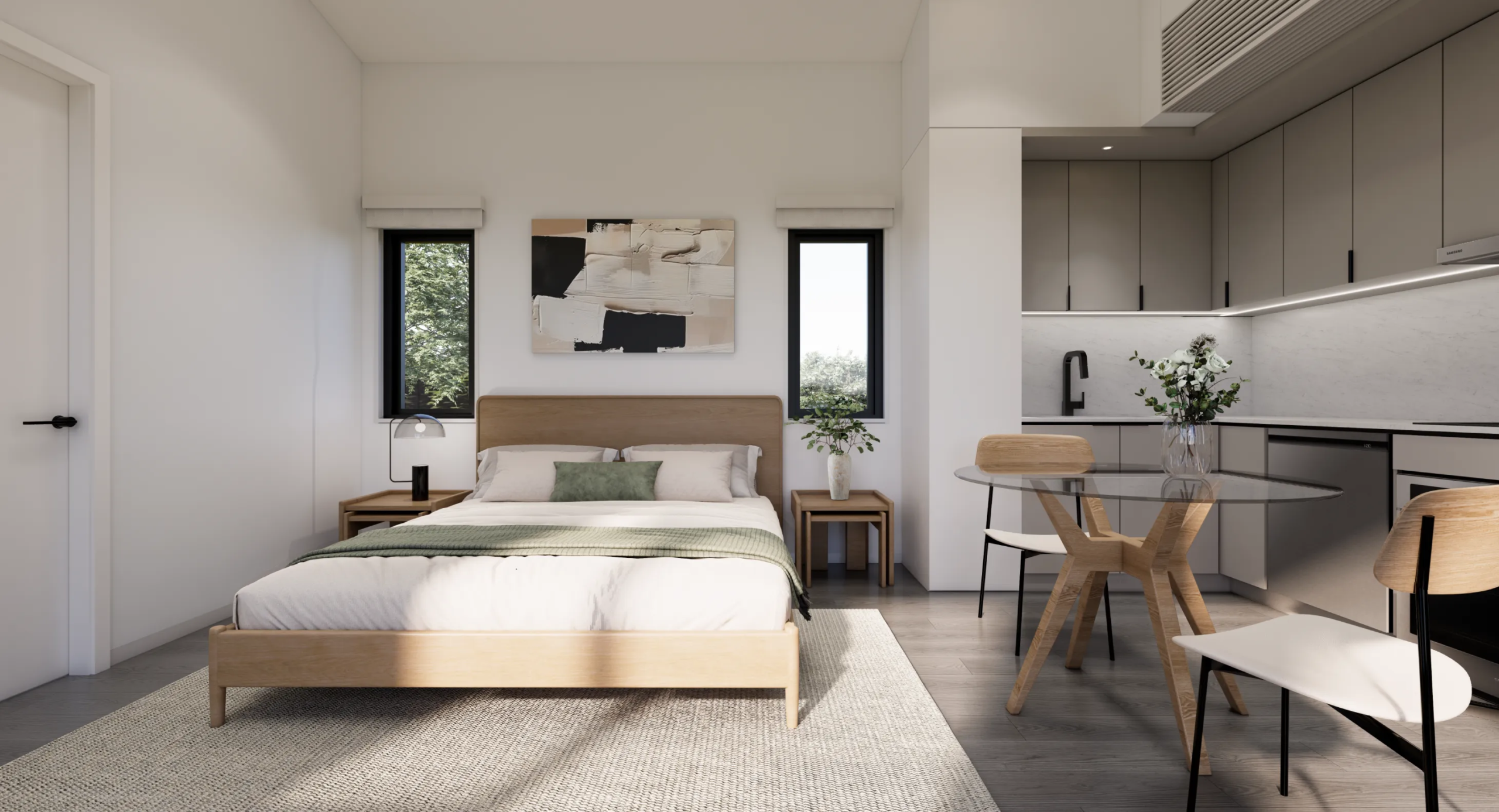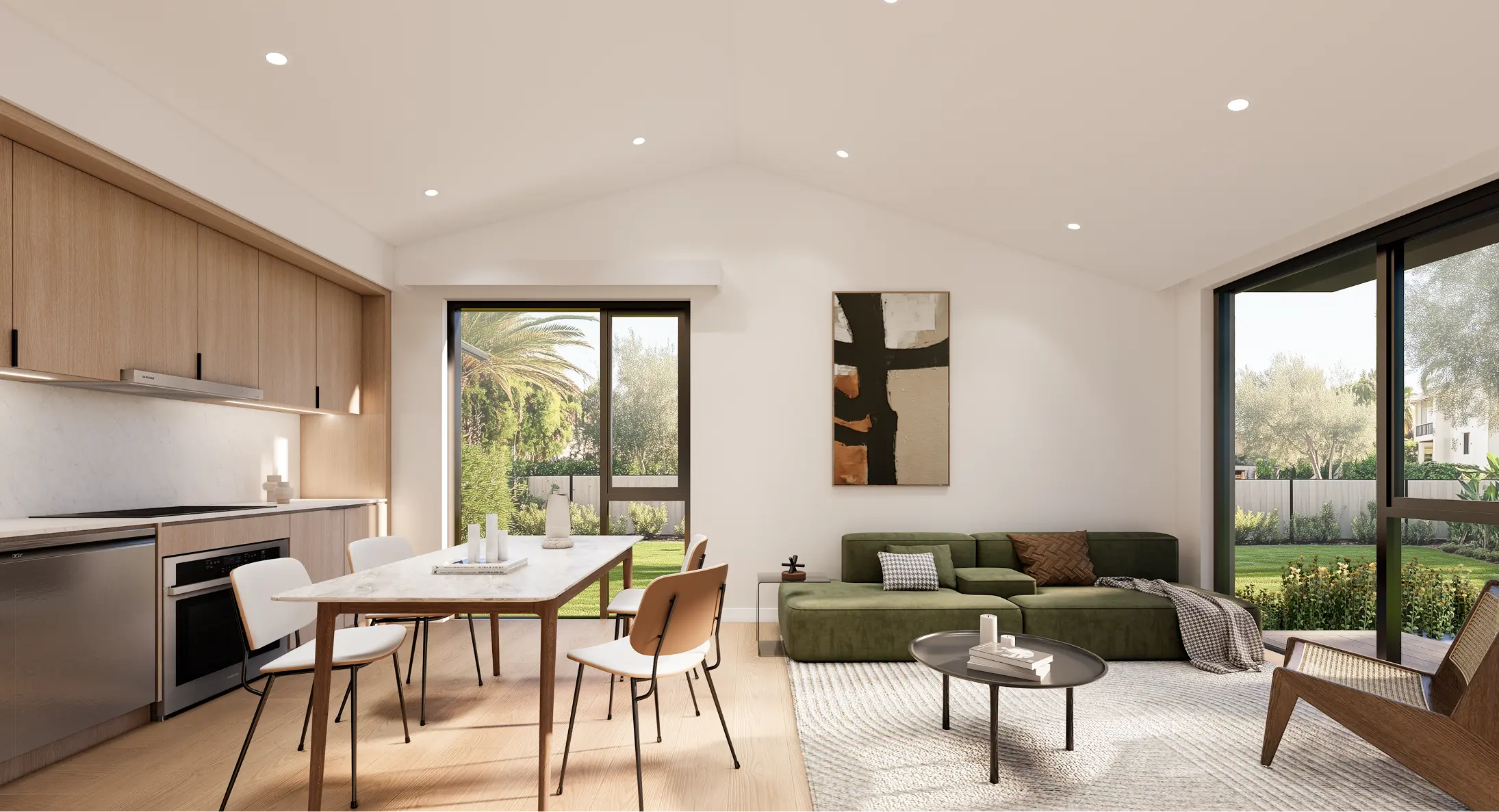
What LA Homeowners Learned From Their 2025 ADU Projects — And What You Should Know Before Building in 2026
“All-In” ADU Cost Exposed: Real Prefab Prices in California

How One Bay Area Homeowner Used SB-9 and Modular Construction to Unlock Passive Income
California’s SB-9 (the HOME Act) has opened a rare window for property owners to rethink what’s possible on their land. From lot splits to increased density, the law offers a creative—and profitable—way to build in urban areas.
But turning a great idea into a reality comes down to execution.
Take one of our current Bay Area clients, for example. He was torn between traditional construction and modular homes. He’d heard the promise of SB-9: split your lot, add units, and start generating rental income.
But like many owners, he was overwhelmed by the permitting process and worried about timelines.
Ultimately, he chose to work with LiveLarge for two reasons:
So whether you’re an investor, homeowner, or aspiring developer, here’s what you need to know to do what he’s doing—and unlock the potential of SB-9 with modular construction.
Step 1: Build an ADU
Before You Split the Lot
Yes, the order matters.
Under SB-9, you’re allowed to place one ADU per parcel. So if you build the ADU before splitting the lot, you’re essentially doubling your future development potential—adding one now, and another after the split.
This approach:
Step 2: Know the Owner-Occupancy Rule
SB-9 requires you to live in one of the units for at least 3 years if you’re doing a lot split. It’s a smart rule designed to limit speculative flipping, but it’s something to plan for in your financial model.
If you’re trying to rent or sell, factor that into your timeline.
Step 3: Consider a Modular Timeline Over Traditional Construction
Traditional builds can take 12–18 months or more—especially with permitting delays.
Modular homes, on the other hand, can be delivered in a fraction of the time. That’s exactly why our Bay Area client chose LiveLarge. He didn’t want to miss the chance to:
Modular let him move fast—without sacrificing quality.
Step 4: Use the Extra Unit to Pay Off the Mortgage
One of the biggest SB-9 opportunities is turning a single-family lot into multiple income-generating units.
With two primary homes and two ADUs (in some cases), you could:
Even just one new unit can offset a mortgage or fund your next project.
Step 5: Check Local Requirements (Then Call Us)
Each city has its own interpretation of SB-9—what works in Berkeley might not fly in Los Angeles.
But this is where most homeowners get stuck. Navigating zoning, planning, and permit requirements is no joke.
At LiveLarge, we’ve done this before.
We know the process, the paperwork, and the strategy behind making your SB-9 project pencil out. Just like we’re doing now in the Bay Area.
Final Thought: SB-9 + Modular = Your Fastest Path to a Smarter Property
If you’re thinking about splitting your lot or adding density, now is the time to act. SB-9 offers a once-in-a-generation opportunity—and modular homes are the smartest way to take advantage of it.
Want to see if your property qualifies? Or just want to chat about how a project might work?
Or get in touch and let’s walk through it together.
Discover More

What LA Homeowners Learned From Their 2025 ADU Projects — And What You Should Know Before Building in 2026

Cost Per Square Foot in California: Why Homeowners Shouldn’t Trust This Number Alone

Why Bay Area and LA Homeowners Are Building ADUs Now — and Winning Big
About Us
